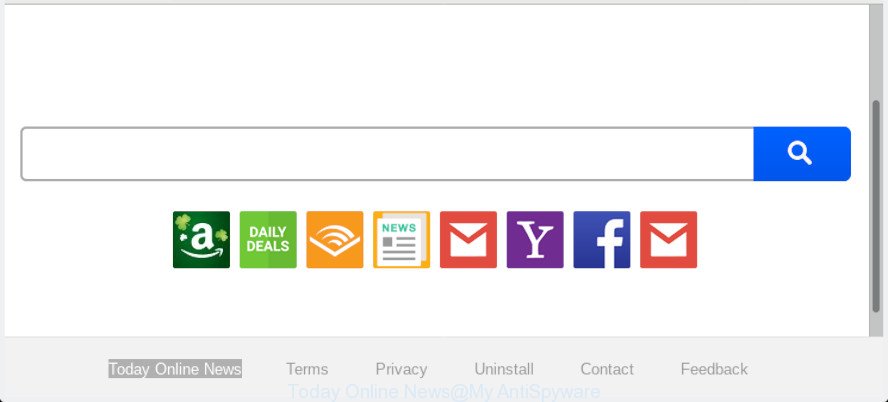Worldwide News at Your Fingertips: Investigating the Pros of Electronic Reporting
In fast-paced environment, remaining updated has never been as important, and the growth of online news has fundamentally changed the way we consume media. No longer are the days of waiting for the daily paper to get the latest updates; currently, news is just a tap away, available at our fingertips 24/7. As digital platforms continue to evolve, they offer a variety of methods for users to obtain information, from urgent news alerts to in-depth articles and multimedia content. This transition has not just made news far accessible but also transformed our expectations and practices surrounding media usage.
As we explore the benefits and obstacles of digital reporting, it's crucial to reflect on how this emerging landscape compares to traditional newspapers. While some argue that print media is turning outdated, others point to the distinctive qualities of digital news that respond to the demands of the modern reader, particularly younger generations. From the immediacy of live updates to the vast array of sources available, online news shaped our understanding of ongoing events and public opinion in ways that were unimaginable just a few decades ago. In romanian press release distribution , we will delve into various aspects of online news, examining its evolution, effects, and the prospects it holds in an increasingly digital world.
A Development of Digital News
This trajectory of online news began in the early 1990s with the emergence of the internet. Initially, news outlets perceived the web as a simple addition of traditional media, focusing on delivering text-based articles that echoed physical content. As internet access grew and technologies advanced, this approach quickly evolved. Websites began to integrate media elements, such as images and videos, transforming the reading experience and attracting to a wider audience.
With the launch of blogs and citizen journalism sites, the environment of digital news became even more dynamic. Individuals and smaller outlets began to compete with established news organizations by providing fresh perspectives and real-time coverage. Social media platforms emerged as significant players, allowing news stories to spread rapidly and encouraging user engagement. This democratization of news created a more participatory culture, where anyone could contribute to the media story, essentially changing how we engage with and access news.
As we moved into the 2000s and further, the evolution of digital news became closely tied to advancements in technology. The rise of mobile gadgets led to an increase in on-the-go news reading, prompting journalists and publishers to change their strategies. News apps and alerts became commonplace, emphasizing speed and ease. With an ever-growing array of options available, online news continued to evolve, leading to innovations like live reporting, podcasts, and interactive features that keep audiences engaged and updated.
Digital Content Consumption Patterns
The environment of information intake has significantly changed in the past few years, primarily fuelled by progress in technology and changes in consumer preferences. As an increasing number of people access news through digital technologies, the old barriers of time and physical boundaries in information distribution have been dismantled. Consumers now demand instant access to the latest updates, resulting in an growing preference for online news over traditional formats. This trend highlights a increasing reliance on mobile devices, which allow users to get alerts, access articles, and share news instantly.
Younger generations are particularly influencing the transition toward digital news intake. With a greater liking for tech, platforms like social media and news applications have emerged as their primary news sources. This group prizes ease of access and rapid engagement, gravitating towards platforms that offer curated content tailored to their interests. Consequently, news outlets are adapting by creating more engaging and visually appealing formats, such as videos and data visualizations, to meet these demands and keep younger audiences engaged.
Online news consumption is also characterized by the growth of customized news interactions. Many readers now expect news platforms to curate content based on their personal interests, browsing habits, and social networks. While this personalization can improve user engagement and satisfaction, it also brings up issues about filter bubbles and the possibility for partial information. As the situation continues to change, striking a harmony between personalization and varied viewpoints will be crucial in maintaining an educated society.
Challenges and Opportunities in Online Journalism
Digital reporting presents considerable challenges, especially concerning the spread of inaccurate data. The ease with which information can be shared on the internet has led to an surge of unverified information. Reporters and news organizations must maneuver through this complicated landscape by adopting rigorous fact-checking protocols and promoting information literacy among the citizens. The difficulty lies not only in reporting correct information but also in competing for focus in a congested digital arena.
Despite these issues, chances for innovation in digital reporting are numerous. Advances in tech allow for interactive storytelling and multiple mediums, such as audio programs and films, which can engage viewers in innovative ways. Journalists can leverage data analytics to better understand their audience and customize content to address their needs. This adaptability can enhance the importance of news, making it more appealing to diverse demographics.

Furthermore, the digital landscape encourages partnerships among reporters, media organizations, and even the public. Public journalism and community reporting enable regional reports to gain visibility and emphasize concerns that might be overlooked. By harnessing social media and digital platforms, digital reporters can create a more welcoming conversation, stimulating citizen participation in reporting and raising diverse perspectives in the process. This shift represents a major opportunity for the progression of media in an age defined by connectivity and urgency.